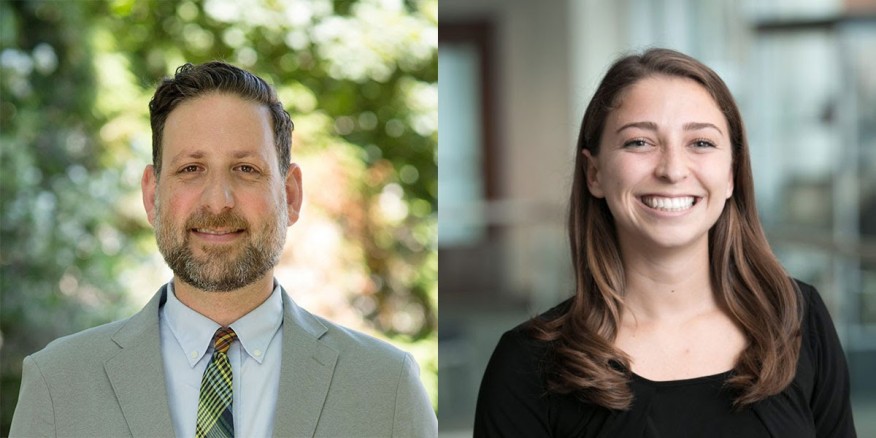The Telephone as a Lifeline - Student Social Workers Reach Out
In March, as the country adopted a series of very sudden shelter-in-place strategies to limit the spread of COVID-19, social workers increasingly turned to technology to find new ways to provide services safely and remotely. At the University of Michigan Student-Run Free Clinic, social work students turned to an old-fashioned but still powerful tool: the telephone.
MSW students working at the clinic received first-hand experience in providing services in a crisis. In response to Michigan’s “Stay Home, Stay Safe” order, the clinic rapidly switched to providing services virtually. School of Social Work Lecturer Rick Barinbaum is the clinic’s social work instructor; he details how the students reached out to the clinic’s social work clients.
“In the first initial hit, the clinic was triaging medical needs. We decided what we could do as social workers was to call all of our clients to do a wellness check and focus on social determinants of health,” said Barinbaum. On each Wednesday, students spent the day connecting with clients over the phone about basic needs: Do you have enough to eat? Are you feeling isolated? Are you sleeping? Are you able to pay rent? Do you have all your medications or do you need a referral?
“For the most part, everyone we checked in with was doing relatively well — but part of what made them well is that we called,” Barinbaum adds. “Clients were really happy to connect; overwhelmingly, even if everything was okay, when we asked if they wanted another check in next week, they answered ‘yes.’”
“As social workers, when there's a time of crisis, we lean into it,” adds Barinbaum. “Students are learning how to balance their own self-care while working with other people. There was chaos for all of us, but for the hours that we were making calls, we could focus on what we can do for other people. And I think we felt fortunate we could do something — even if it was just a call to say: “Hey, I want to see if you are okay.’”
After the initial upheaval had passed, MSW student Katie Cavagnini worked with the student leadership of the clinic to develop interprofessional systems for a virtual model. “One of the biggest challenges we had to solve was how to collaborate with our partners while being virtual. We work with some great students from the medical and nursing schools, and together we were able to develop innovative solutions to better integrate social work into the virtual medical model,” says Cavagnini. “Social work developed screening questions that all patients were asked to identify needs beyond their medical health. This helped bridge the gap between medical and psychosocial needs, and we were able to provide more comprehensive care to patients.
Since then, the calls have been focused primarily on behavioral health, providing socio-emotional support and connecting patients to long-term mental health resources. “Now that the clinic has established regular virtual appointments, referrals to social work are integrated,” says Barinbaum. “I encourage social workers to reach out to the nursing or medical student, just like they would have in person, and ask “How are they really doing? What things am I not going to see on the chart?’”
“While this is a challenging time, I have grown to appreciate the flexibility, dedication, and perseverance of the clinic, especially our social work team,” Cavagnini notes. “At times, we had to change course and redesign our process to best serve patients. Social work was always ready to adapt, no matter what the challenge. Despite our small number and barriers to telehealth, we provided almost 100 visits during the clinic’s COVID-19 response. As I reflect on my experience, I am proud of our team’s service to people, humbled by patients’ trust in us throughout COVID-19 and better prepared for my future as a social worker.”
